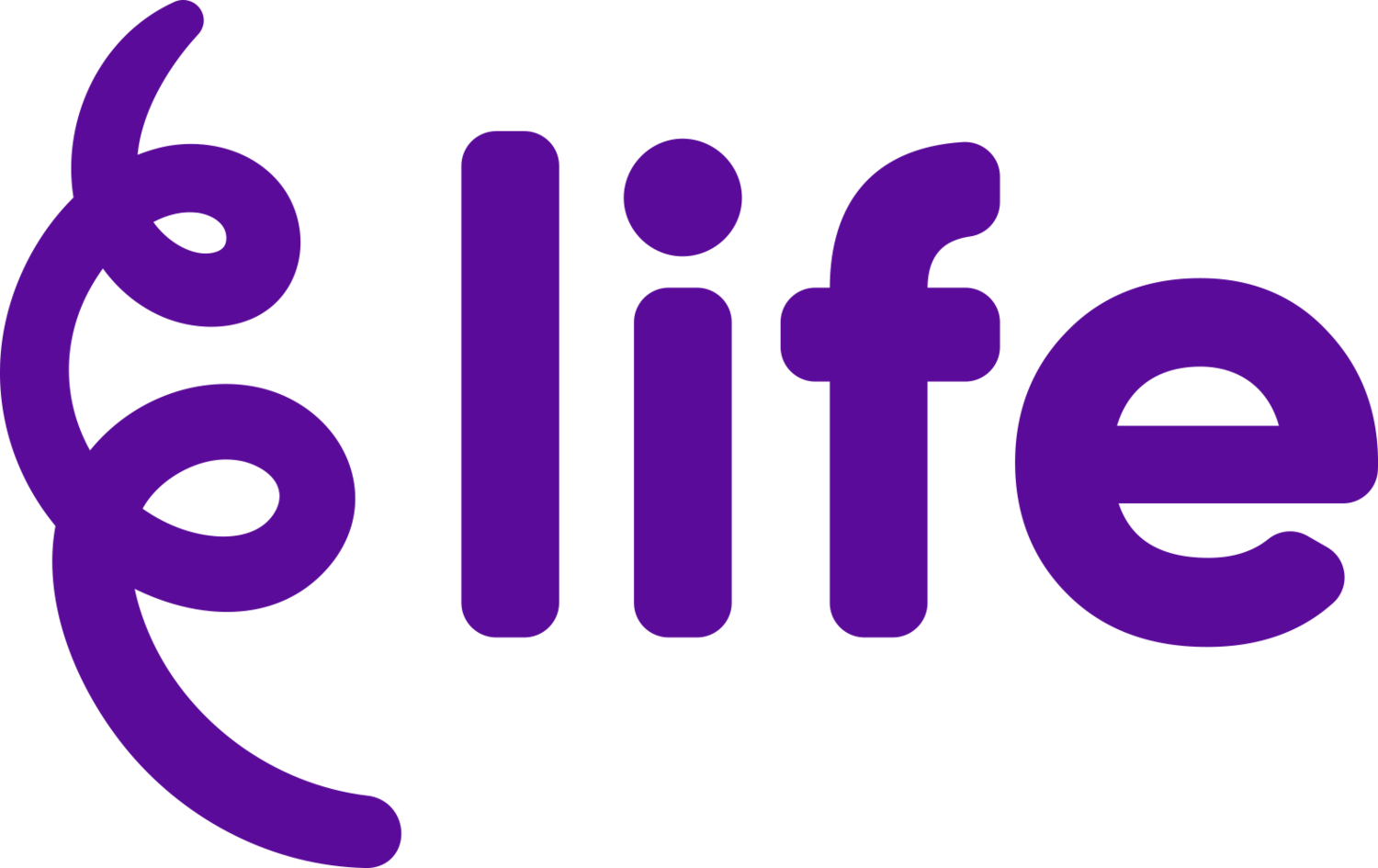How Much Play Does Your New Puppy Need?
Although you may think your puppy has endless bundles of energy, the truth is they’ll soon come crashing down when they’re ready for a snooze. One minute they’re causing mayhem and the next they’re ready to snuggle up for a nap (and you can take a sigh of relief when they do)!
When you have a playful puppy, it’s a great sign that they’re content, but have you ever wondered how much play your puppy needs? There are many factors that can affect how much exercise your dog needs, such as their breed, age, size, and overall health. It’s important that you understand your puppy’s breed when you consider these factors, as over-exercising your puppy can be dangerous and it’s been linked to causing both joint and bone problems later in life.
So, the question is how do you know what the appropriate level of exercise is for your new puppy? Read on as we discuss this in further detail and discover how much play your puppy needs.
Different Types of Play
How much play does a puppy need? To understand this, we must consider all the different types of play your puppy may enjoy and how you can introduce this into their exercise routine.
There are various types of play that are excellent exercises for your pup, such as agility training, walkies, and swimming to name a few. Your puppy may find some types of exercise more physically tiring than mentally tiring.
During their first few months, frequent rest breaks are super important as your puppy is growing whilst they sleep. Ensure they have maximum comfort with a dog bed to snooze on and pair it with a personalised blanket to keep them extra snug!
We’d recommend being consistent with your puppy’s exercise routine and gradually increasing this as they reach physical maturity. Encourage them to get involved in a variety of physical activities, as this can limit the risk of repetitive strain injury.
Interacting and playing with your pup is also an excellent way to strengthen the bond you share. So, the next time you head out for walkies, why not try a new environment for you both to explore? Ensure you’re fully equipped for your dog walks with our ultimate walking essentials guide and never get caught without poop bags again!
So, How Much Play Does My Puppy Need?
When your dog is playful, this is a great sign they’re happy and content. However, when a new puppy joins the family, it’s only natural to question how much play they need, without overdoing it.
There are various factors that can impact how much play is healthy for your pup. For example, their breed will influence how long your pup will be motivated to play.
Your puppy’s age: for example, if they’re 6 weeks or 6 months, their exercise needs will differ.
Your dog’s size: if your pup is smaller, they might not have as much energy to burn as a larger breed.
Mental stimulation: some dog breeds are renowned for their high levels of intelligence; these pups generally require more mental stimulation to prevent them from becoming disruptive.
Whether your dog is motivated by treats or toys, a new dog toy will help keep them occupied and offer a great form of interactive play.
Regularly walking your pup is another way to offer your dog a consistent daily routine. And not only is walking an excellent form of exercise for your dog, but it also allows them to socialise with their furry friends.
To ensure you’re well prepared for every walk with your pup, make sure to fetch them a personalised collar and lead! Available in a choice of colourful and vibrant designs, find your new favourite matching set today.
To better understand how much play your new puppy needs, it’s important to research their breed to ensure you’re providing them with enough exercise, but not too much.
Although there is no set rule book on how much play your puppy needs, you can always discuss any exercise concerns with your vet. Many people believe that over a lifetime, not providing your dog with enough exercise can cause more health issues for them later in life.
It’s also worth considering joining a breed enthusiast group, where people can share their advice on what works with their puppy. You can learn from each other and share what exercise your pup responds best to.
How To Keep Your Pup Safe During Exercise
Both physical and mental exercise should be part of your dog’s daily routine, however, it’s important to prioritise your pup’s safety during play. Always look out for signs of excessive tiredness, as this could be a result of either too much exercise or a more serious problem. If you have any concerns at all, you should always contact a veterinarian for professional advice.
When your puppy is very young, it’s recommended to keep their exercise little and often, such as taking short walks and play sessions. In between this, allow your pup plenty of time to nap with a super comfortable dog bed, there's no better way for them to relax. A personalised cushion for them to put their paws on and snuggle up to will also offer them comfort; browse Yappy’s range of cute custom cushions and choose your favourite for your new puppy today.
As your puppy gets older, you can gradually increase their exercise by giving their dog toy collection a pup-grade! Explore our wonderful selection of dog toys, that are ideal for interactive play and offer great mental stimulation too. Now is the best time to introduce walks more frequently or take those longer routes.
Our Top Tips On Safe Exercise With Your Pup:
Begin with short walks and gradually increase your distance as your puppy grows.
Take regular breaks, and never push your puppy too far.
Ensure your puppy is trained to walk on a lead during busy areas.
Check the weather and dress your pup appropriately, always avoid walking during extreme weather conditions.
Start to socialise your puppy with other dogs early on, so they’re more comfortable on walks.
Familiarise yourself with our walking essentials guide, so you’re good to go!
Consider Your Dog’s Breed
Your dog’s breed has a huge impact on how much exercise your puppy needs, for example, energetic breeds such as Border Collies normally require more frequent play, as they can become easily bored. Their exercise needs tend to be much higher because they’re an athletic breed of dog.
However, remember not to tire your pup out using physical activity alone. Collies love having a job to do and that’s where agility training is an excellent way to provide them with both physical and mental stimulation.
On the other hand, if you have a flat-faced puppy such as a Pug, you need to be extra careful during exercise to ensure they’re able to catch their breath. Unfortunately, this can sometimes mean they can’t handle too much physical activity, but there are plenty of other alternatives such as interactive dog toys to keep them occupied!
How about a game of fetch? With a dumbbell dog toy, your pup will certainly work up quite a sweat as you play together. This dog toy also floats in water, so you can have a splashing good time with it too!
Always make sure to prioritise less physically demanding activities if you have a flat-faced puppy. Keep a close eye on their breathing and if you have any concerns relating to their energy levels, it’s always best to consult your vet.
During extreme weather conditions, your puppy’s exercise may be affected. Always be sensible, and never take your dog out into extremely humid weather. This is even more important for larger dog breeds with heavy coats or pups that struggle to breathe easily. Ensure your dog is always comfortable by getting them groomed regularly during the summer months and keeping them cool in your home.
Yappy to Help!
If you have any questions relating to this article or need any support with a Yappy gift order, then please don’t hesitate to get in touch. Contact us at help@yappy.com for all customer service-related queries and we’ll be more than happy to help.










